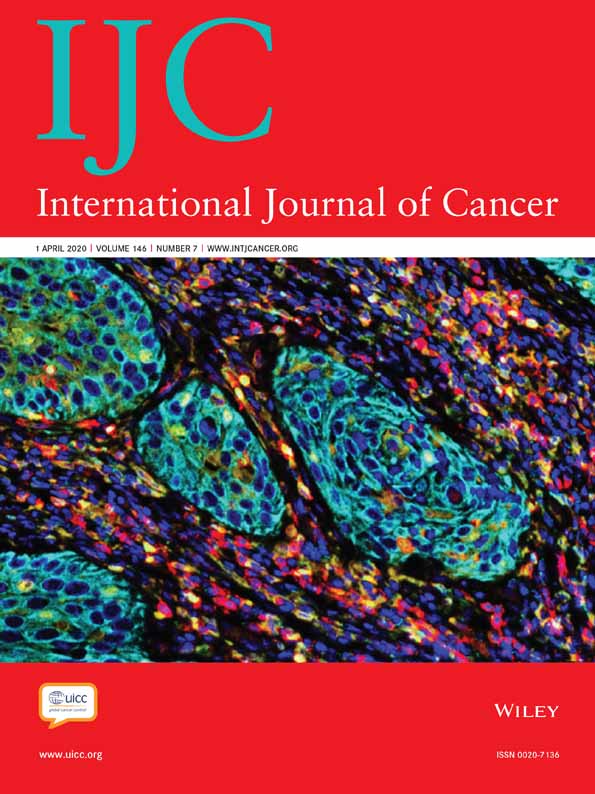Genomic profiling of the residual disease of advanced high-grade serous ovarian cancer after neoadjuvant chemotherapy
Abstract
The goal of our study was to demonstrate the spectrum of genomic alterations present in the residual disease of patients with advanced high-grade serous ovarian cancer (HGSOC) after neoadjuvant chemotherapy (NAC), including matched pretreatment biopsies. During the study period between 2006 and 2017, we collected pre-NAC and post-NAC tumor tissue samples from patients with advanced HGSOC. We performed combined next-generation sequencing and immunohistochemistry to identify actionable targets and pathway activation in post-NAC residual tumors. We also examined whether post-NAC profiling of residual HGSOC identified targetable molecular lesions in the chemotherapy-resistant component of tumors. Among 102 post-NAC samples, 41 (40%) of patients had mutations in homologous recombination repair (HRR) genes (HRR deficiency). Patients with HRR mutations had higher tumor mutation burdens (p < 0.001) and higher alterations in the PI3K–AKT–mTOR pathway (p = 0.004) than patients without these HRR mutations. Nevertheless, we found no significant differences in progression-free survival (p = 0.662) and overall survival (OS; p = 0.828) between the two groups. Most patients (91%) had alterations in at least one of the targetable pathways, and those patients with cell cycle (p = 0.004) and PI3K–AKT–mTOR signaling (p = 0.005) pathway alterations had poorer OS (Bonferroni-corrected threshold = 0.0083, 0.05/6). We showed the genomic landscape of tumor cells remaining in advanced HGSOC after NAC. Once validated, these data can help inform biomarker-driven adjuvant studies in targeting residual tumors to improve the outcomes of patients with advanced HGSOC after NAC.
Abstract
What's new?
Patients with high-grade serous ovarian cancer (HGSOC) with residual disease after neoadjuvant chemotherapy may be affected by tumors that harbor cells with intrinsic resistance to therapy. The present study confirms this suspicion, showing that about 40 percent of HGSOC patients with residual disease have mutations in homologous recombination repair (HRR) genes, thereby fueling drug resistance. More than 90 percent of patients studied exhibited alterations in at least one of six clinically relevant pathways or functional groups. In particular, HRR-deficient tumors showed a significant increase in PI3K-AKT-mTOR pathway alterations, which were further linked to poor overall survival in HGSOC.




